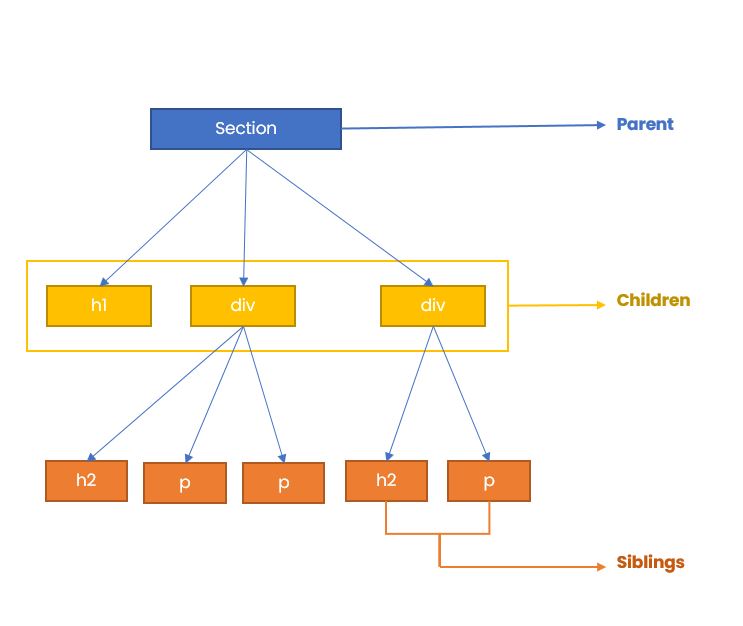Building a Family Tree with JavaScript DOM Manipulation
A DOM family tree in JavaScript is a visualization of a family hierarchy using the Document Object Model (DOM) and JavaScript DOM manipulation techniques. It involves creating a tree structure where each node represents a family member, and the edges represent the relationships between them. The family tree can be used to display information such as names, ages, and other relevant details about each family member.
Creating a family tree using the DOM requires creating a hierarchical structure using HTML elements such as <ul> and <li>. JavaScript is then used to add and remove nodes, and manipulate the DOM to update the tree structure. CSS is used to style the tree, such as adding colors and borders to nodes and edges.
One way to build a family tree is to start with the root node, which represents the first family member, and then add child nodes to represent each of their children. Each child node can then have child nodes of their own to represent their children, and so on. This creates a hierarchical structure where each node has one parent and zero or more children.
Overall, a DOM family tree can be a useful tool for visualizing family relationships and genealogy, and JavaScript DOM manipulation provides a powerful and flexible way to create and manipulate these structures.
For Example
<html> <body> <section> <h1>This is Heading</h1> <div> <h2>Sample Title</h2> <p>This is para1</p> <p>This is para2</p> </div> <div> <h2>Sample Title</h2> <p>This is para3</p> </div> </section> </body> </html>

The given code is an HTML document that contains a DOM tree consisting of several nested elements. The tree starts with the html element, which contains a body element. Inside the body element, there is a section element that contains two div elements.
The first div element contains an h2 element, and two p elements. The second div element contains an h2 element and a p element. The h2 and p elements are child elements of their respective div elements.
The h1 element is a child of the section element, which makes it a sibling of the two div elements. Similarly, the section element is a child of the body element, which makes it a sibling of any other elements in the body.
Overall, the structure of the DOM tree can be represented as follows the image.
List of Programs
JavaScript Arrays & Methods Examples
JS Practical Project
Learn All in Tamil © Designed & Developed By Tutor Joes | Privacy Policy | Terms & Conditions